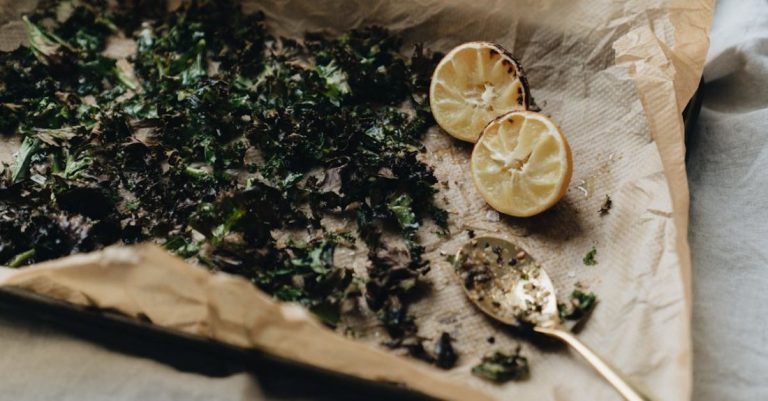
As gardeners, one of the biggest challenges we face is protecting our precious plants from frost. Frost can be extremely damaging to plants, causing them to wither and die. However, with the right knowledge and techniques, you can safeguard your plants from the icy grip of frost. Below are some effective strategies to help you protect your plants and ensure they thrive even in cold weather.
Understand Frost and Its Effects
Before delving into methods to protect your plants from frost, it is crucial to understand what frost is and how it affects plants. Frost occurs when the temperature drops below freezing, causing ice crystals to form on plant tissues. This can damage the cell walls of plants, leading to wilting and browning of leaves. Additionally, frost can hinder the transport of nutrients within the plant, further compromising its health.
Choose Frost-Tolerant Plants
One of the best ways to protect your plants from frost is to select varieties that are naturally more resistant to cold temperatures. Frost-tolerant plants have evolved mechanisms to withstand freezing conditions, such as producing antifreeze proteins or having thick waxy coatings on their leaves. Some common frost-tolerant plants include kale, cabbage, and winter squash. By choosing these hardy varieties for your garden, you can reduce the risk of frost damage.
Monitor Weather Conditions
Keeping an eye on weather forecasts is essential for protecting your plants from frost. When a frost warning is issued for your area, take proactive measures to shield your plants from the cold. Be aware of the specific conditions that lead to frost formation, such as clear skies and calm winds, and take preemptive action to safeguard your garden.
Cover Plants with Frost Cloth or Blankets
One of the most effective ways to protect your plants from frost is to cover them with frost cloth or blankets. These materials act as insulators, trapping heat close to the plant and preventing frost from settling on the leaves. When covering your plants, ensure that the fabric reaches all the way to the ground to create a protective barrier against the cold. Remember to remove the covering once the sun rises to prevent overheating.
Use Mulch to Insulate Soil
In addition to covering your plants, applying a thick layer of mulch around the base of your plants can help insulate the soil and protect the roots from frost damage. Mulch acts as a protective barrier, trapping heat in the soil and preventing rapid temperature fluctuations. Organic mulches, such as straw or shredded leaves, are particularly effective at retaining heat and moisture, creating a conducive environment for plant growth.
Water Plants Before a Frost
Watering your plants before a frost can also help protect them from cold temperatures. Wet soil retains heat better than dry soil, acting as a thermal mass to regulate the temperature around the plant roots. Additionally, the process of water freezing releases a small amount of heat, which can help prevent frost damage to the plant tissues. Be sure to water your plants early in the day so that the soil has time to absorb the moisture before the temperature drops.
Avoid Pruning Before Frost
Pruning your plants before a frost can leave them vulnerable to cold damage, as freshly cut stems and branches are more susceptible to frost injury. It is best to avoid pruning your plants in the weeks leading up to the expected frost date to ensure that they have ample time to recover and develop new growth. If pruning is necessary, wait until after the danger of frost has passed to minimize the risk of damage.
Conclusion: Be Proactive in Protecting Your Plants
Protecting your plants from frost requires proactive planning and vigilance. By understanding the effects of frost, choosing frost-tolerant plants, monitoring weather conditions, and employing protective measures such as covering with frost cloth, using mulch, watering before a frost, and avoiding pruning before cold weather, you can safeguard your garden against the chilling effects of frost. With these strategies in place, you can enjoy a thriving garden even in the coldest of temperatures.





